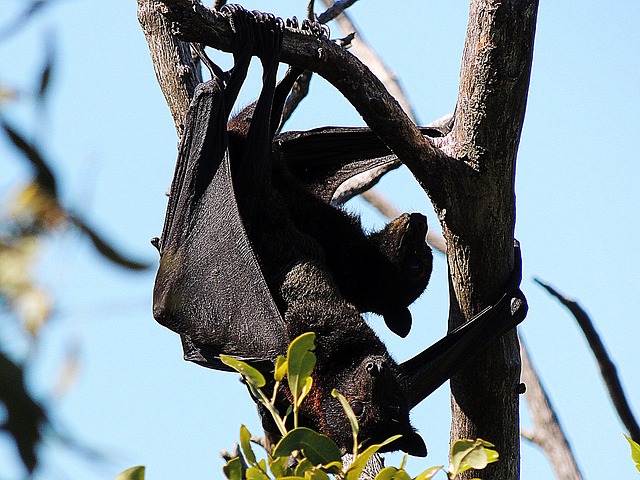Bloodborne Pathogens Identified
Ebola Virus Disease (EVD)
Basic Information
Ebola is a rare and fatal disease that affects humans and nonhuman primates, such as monkeys, gorillas, and chimpanzees. It arises from one of five different strains, of which four can cause illness in humans. The initial exposure comes from an animal that passes to a human that can potentially infect other humans through direct contact. Outbreaks have occured in various parts of Africa.
Transmission
The Ebola virus is spread through direct contact with an infected person, alive or whom has died, via blood or bodily fluids. It can also be spread by contaminated objects such as needles or syringes. Transmission occurs through broken skin or mucous membranes in the eyes, nose or mouth. This also includes the semen of a recovered man from EVD through any form of sexual contact. Direct contact with an infected bat or nonhuman primate are also means of infection.
The Ebola virus cannot spread to other people from an asymptomatic person. It is not commonly spread by food, but can come from the handling and consumption of contaminated bushmeat of an infected animal.
The Ebola virus can remain in the specific bodily fluids of survivors after recovery- breast milk, eye fluid, spinal, and semen. The determination of how long the virus remains in these fluids is currently being reviewed by scientists.
Some pets and livestock have contracted EVD in areas that the virus has been observed; yet the animals do not demonstrate illness or potential transmission to humans. Conversely, exotic pets, such as monkeys, pigs or apes, have a higher risk of infection and transmission to humans.
Symptoms
After virus contact, symptoms may present between 2-21 days, and the average is 8-10 days. The symptoms are similar to other several illnesses, such as the flu, and include: diarrhea, fatigue, severe headache, fever, muscle pain, weakness, stomach pain, unexplained bleeding or bruising, and vomiting.
Treatment
Treatment of EVD coinicides with the appearance of symptoms. Chances of survival are greatly improved when early,simple interventions are used. This includes providing fluids and electrolytes; treating other infections as they arise, oxygen therapy when needed, blood pressure regulation with medicine as needed, reduction of voming and diarrhea, fever and pain management.
Antiviral drugs that are being created will prevent the virus from self-replication. Currently, the U.S. Food and Drug Administration has not issued any licenses for an Ebola antiviral drug.
Recovery
Recovery is dependent on the response of the patient's immune system, and good supportive care. Antibodies can remain for 10 years or longer in those who recover . It is unsure if immunity is permanent, or if a person can be susceptible to a different strain of Ebola later.
For more information please visit the CDC website dedicated to Ebola (Ebola Virus Disease) There are multiple printable .pdf files for display and review as well. There are alos outbreak related links on the website.
If you have any questions at any time regarding the information presented in this tutorial, please contact David Sullivan at 910-916-0688.
Centers for Disease Control and Prevention (2014-2018). Ebola (ebola virus disease).


